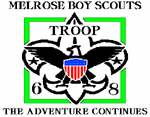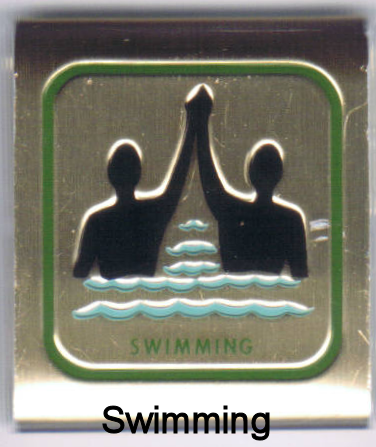 The Swimming Skill Award of the 1970’s and 1980’s is another one of the awards in which the requirements were taken and used in the current ranks of Tenderfoot, Second Class, and First Class. This skill award was not a mandatory award needed to earn the First Class rank back then. However, there was a swimming requirement for the rank of First Class which is similar to the current beginners swim test under the Safe Swim Defense.
The Swimming Skill Award of the 1970’s and 1980’s is another one of the awards in which the requirements were taken and used in the current ranks of Tenderfoot, Second Class, and First Class. This skill award was not a mandatory award needed to earn the First Class rank back then. However, there was a swimming requirement for the rank of First Class which is similar to the current beginners swim test under the Safe Swim Defense.
The requirements of the Swimming Skill Award were:
1) a. Tell what must be done for a safe swim with your patrol, troop, family, or other group.
b. Tell the reasons for the buddy system.
2) Jump feet first into water over your head. Swim 100 m (or 100 yd) with at least one change of direction. For the first 75 m (or yd) use any stroke. For the last 25 m (or yd) use the elementary backstroke. Right after the swim, stay in the water and float for a minute with as little moment as possible.
3) Water rescues:
a. Show reaching.
b. Show throwing.
c. Describe going with support.
4) Show rescue breathing.
And this concludes this series of posts about the Boy Scouts of America’s skill award program. I hope you enjoyed it.
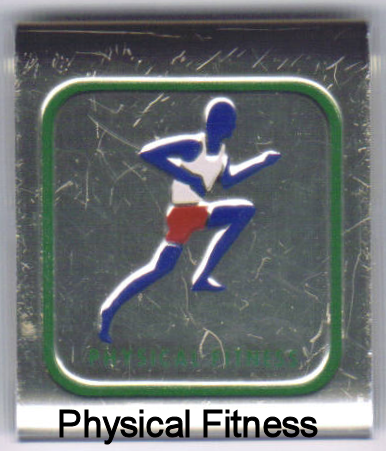

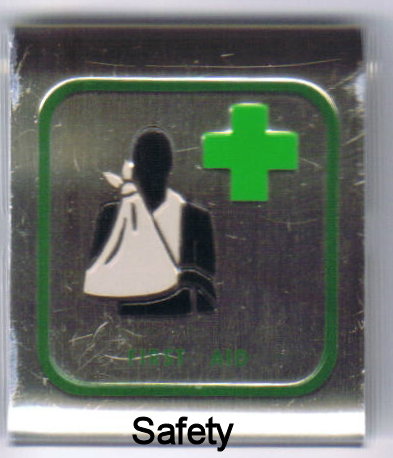
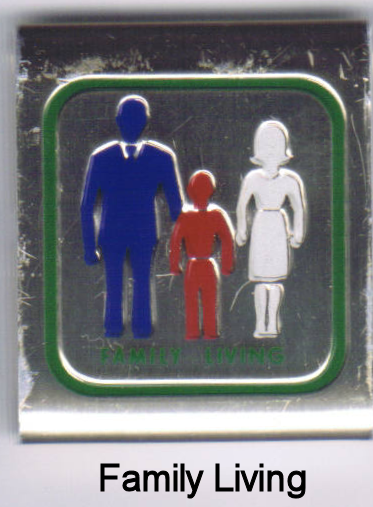
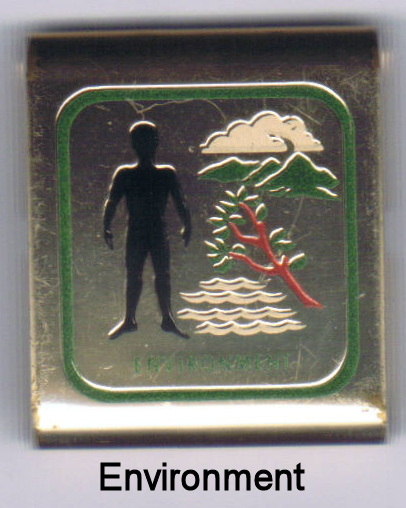 After six skill awards that began with the letter C (which is half of them, by the way) we arrive at the Environment Skill Award. Some of these requirements made it to the new rank requirements in the late 1980’s. Some of them almost seemed like they were preparing the Boy Scout for some of the environmental themed merit badges. Here are the requirements:
After six skill awards that began with the letter C (which is half of them, by the way) we arrive at the Environment Skill Award. Some of these requirements made it to the new rank requirements in the late 1980’s. Some of them almost seemed like they were preparing the Boy Scout for some of the environmental themed merit badges. Here are the requirements:

